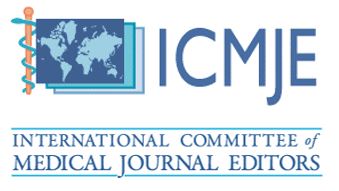Navigating Neurological Recovery with NeuroAiD in Severe Spinal Cord Injury: A Noteworthy Novelty?
DOI:
https://doi.org/10.51200/bjms.vi1.3742Keywords:
NeuroAiD, neurological recovery, spinal cord injuryAbstract
Background and aim: NeuroAiD is a Chinese medicinal supplement containing nine herbal ingredients. Besides neuroprotection, NeuroAiD also promotes neuroregeneration. These have been extensively investigated both in vivo and in vitro. It has gained favour, especially amongst stroke and traumatic brain injury populations, to facilitate neuro recovery. To our knowledge, the SATURN study by Kumar et al. is the only study that has shifted the focus of NeuroAiD usage to the spinal cord injury (SCI) population. We present a case of complete tetraplegia who regained some neurological recovery following NeuroAiD supplementation. Methods: A 34-year-old police officer was involved in a helicopter crash in February 2020. He sustained a C6 vertebra burst fracture with severe spinal canal stenosis, C5 and C7 vertebrae fracture, and extensive cord oedema from C4 till T1, resulting in C4 AIS A Tetraplegia. Surgical fixation was performed on day 3. Upon admission to the rehabilitation ward at the end of March 2020, the best sensory level was C4, best motor C5, and total motor score 12. He regained some recovery throughout the stay, although he remained as C4 AIS A until discharged in April 2020. He started taking 2 capsules of NeuroAiD three times daily in May 2020 for six months. We followed him up until 1-year post-event to monitor his response. Results: The best sensory level improved to C5 at six months and C6 at 1-year, whilst the best motor level improved to C6 at six months and 1-year. The total motor score increased to 17 at six months and subsequently 22 at 1-year post-event. Overall, the neurological level of injury improved from C4 at three months to C5 at six months and C6 at 1-year post-event. AIS classification, however, remained A. Conclusion: The promising role of NeuroAiD in promoting neuro recovery in SCI is noteworthy for further exploration and investigation.
Downloads
Published
How to Cite
Issue
Section
License
All articles are published under the Creative Commons Attribution-NonCommercial (CC BY-NC 4.0) license, enabling users to read, download, copy, distribute, and adapt the material for non-commercial purposes, provided proper credit is given to the original authors and the source. This model supports transparency, accessibility, and the global exchange of medical knowledge.








1.png)



